Interviews with Experts
10 Fundamental Permaculture Design Principles to Transform Your Garden
Transforming your garden into a thriving ecosystem is like unlocking a treasure trove of natural abundance. Imagine creating a space that not only sustains itself but also provides you with an endless supply of fresh, organic produce.
The 10 fundamental permaculture design principles hold the key to achieving this vision. By understanding and applying these principles, you can revolutionize your garden into a self-sustaining, biodiverse haven.
But as simple as it may sound, the intricate details of these principles are what truly make the difference in your garden’s transformation.
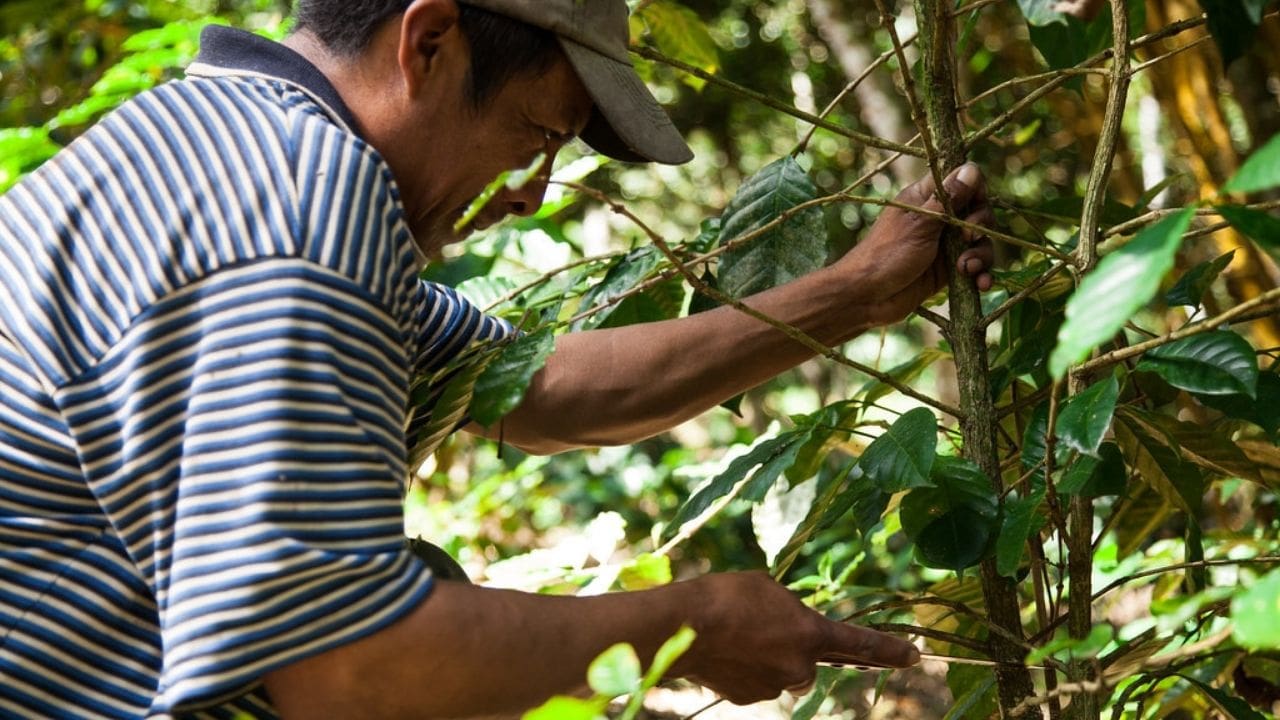

Key Takeaways
- Incorporate diverse layers of plants, including fruit and nut trees, shrubs, herbaceous plants, and ground covers, to create a balanced and biodiverse ecosystem.
- Implement water conservation practices such as capturing and utilizing rainwater, using organic mulch to retain moisture, and optimizing water resources to support plant health.
- Practice natural pest control and integrated pest management by attracting beneficial insects, practicing companion planting, and minimizing the use of synthetic pesticides.
- Utilize perennial crops for sustainable harvesting, considering climate and soil conditions, and practicing proper pruning and crop rotation techniques.
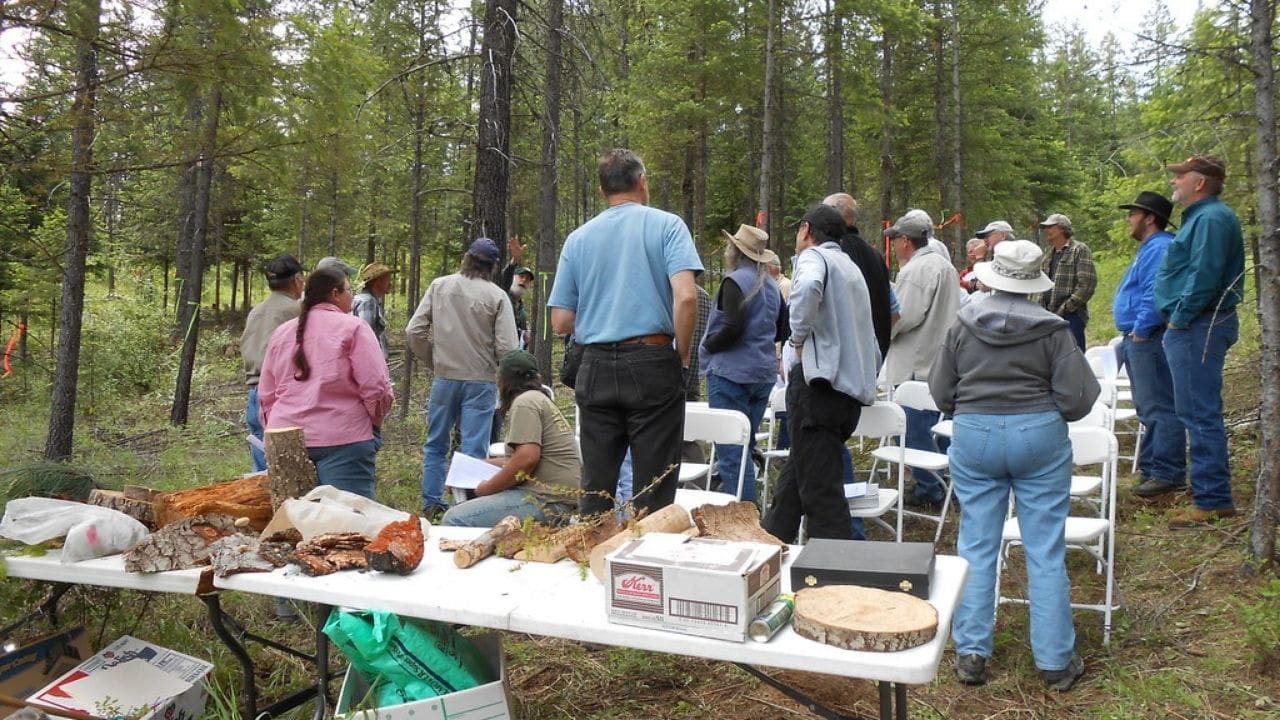

Edible Forest Layers
To create a thriving edible forest in your garden, incorporate diverse layers of fruit and nut trees, shrubs, herbaceous plants, and ground covers, fostering a sustainable and biodiverse ecosystem.
The canopy layer, consisting of tall fruit and nut trees, provides the uppermost level of the forest, offering shade and habitat for wildlife.
Below this, the low tree layer contains smaller fruit and nut trees, while the shrub layer contributes berries, medicinal plants, and nitrogen-fixing shrubs.
Intermingled with these are the herbaceous plants, which include culinary and medicinal herbs, vegetables, and flowers, all working together to attract beneficial insects and support the overall health of the ecosystem.
Finally, the ground cover layer, consisting of low-growing plants and perennial vegetables, protects the soil, retains moisture, and suppresses weeds.
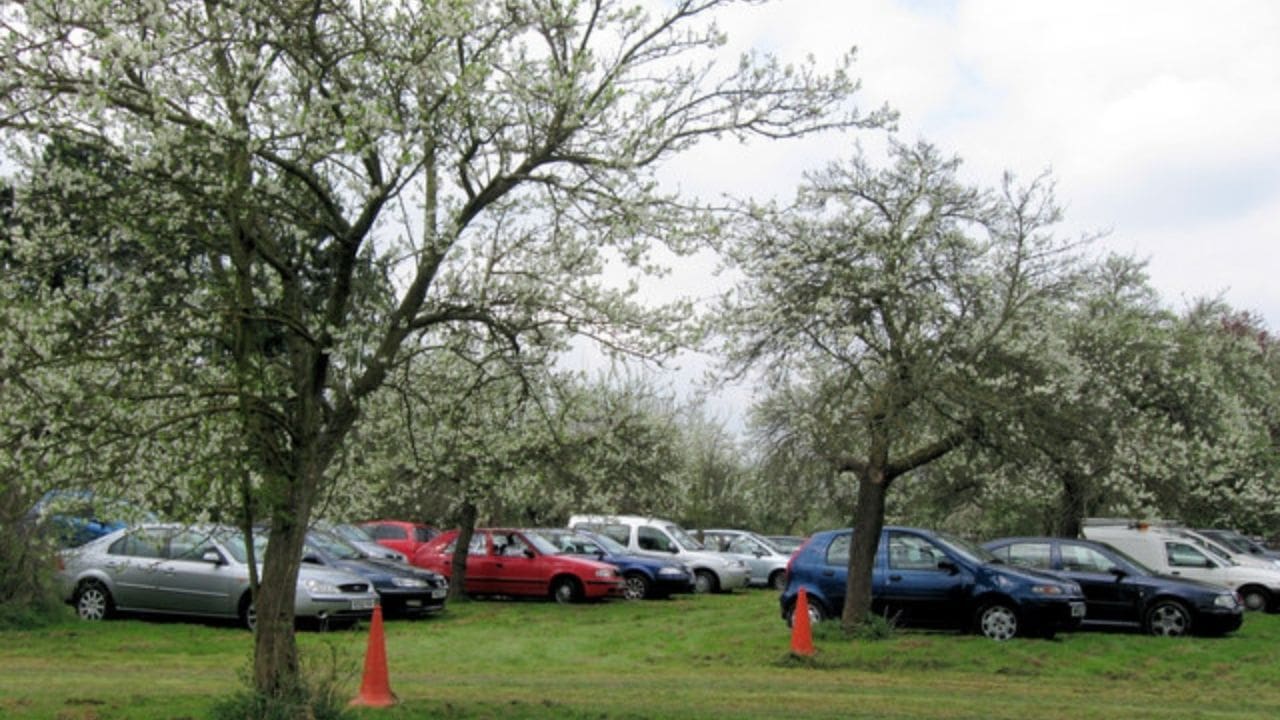

Companion Planting
In companion planting, you strategically pair different plants based on their complementary characteristics to promote biodiversity, deter pests, and enhance the overall health of the garden ecosystem. By interplanting compatible species, you can create a balanced and harmonious environment that mimics natural ecosystems.
For example, planting aromatic herbs like basil or mint alongside vegetables can help repel pests and attract beneficial insects, ultimately reducing the need for harmful chemical pesticides.
Companion planting also involves utilizing the varying root depths and nutrient needs of different plants to maximize the use of soil resources. For instance, pairing shallow-rooted plants with deep-rooted ones can prevent competition for water and nutrients while improving soil structure. This approach not only fosters a more resilient and productive garden but also reduces the risk of soil erosion.
Furthermore, integrating nitrogen-fixing plants like legumes into your garden beds can naturally enhance soil fertility, reducing the reliance on synthetic fertilizers and promoting a safer, more sustainable gardening practice.
Embracing companion planting in your garden can lead to a thriving, balanced ecosystem while minimizing the need for harmful chemicals, making it a safer and more holistic approach to gardening.
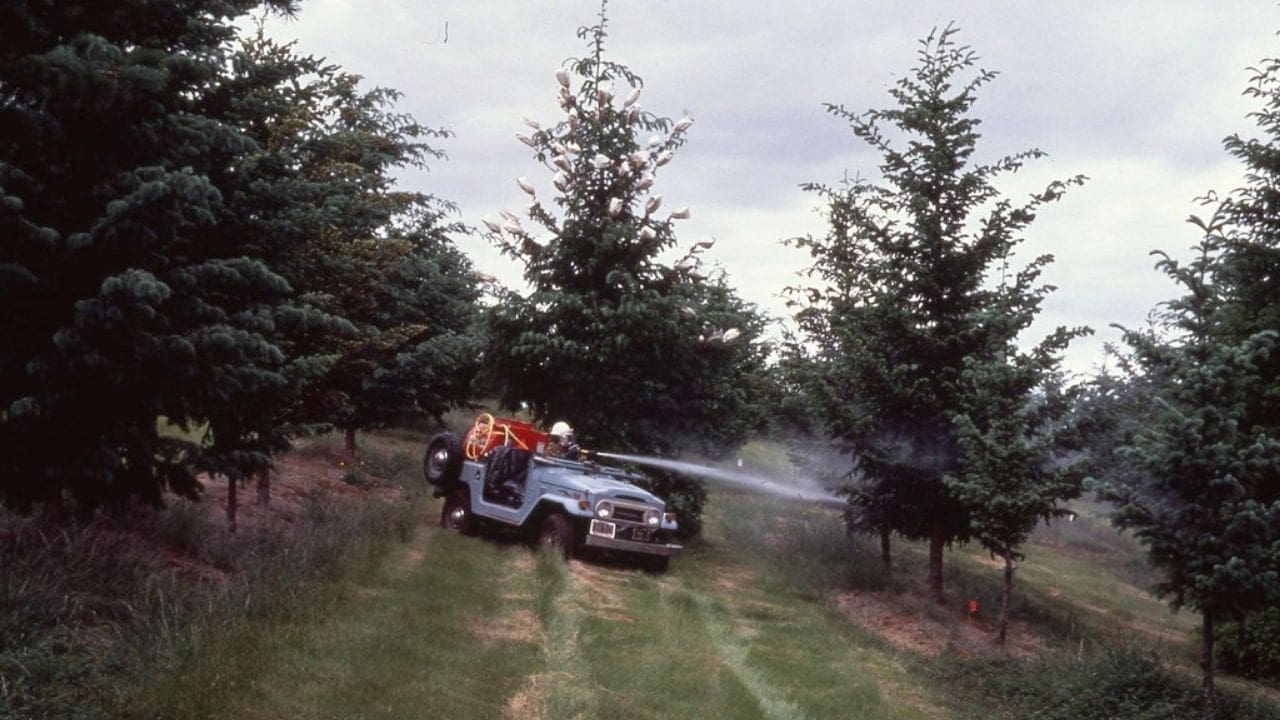

Biodiversity
Promoting biodiversity in your garden involves cultivating a diverse range of plant species to create a resilient and balanced ecosystem that supports natural processes and enhances overall ecological health. By incorporating a variety of plants, you can attract a wide array of beneficial insects, birds, and other wildlife that contribute to the health and vitality of your garden.
Diverse plantings also help to naturally control pests and diseases, reducing the need for harmful chemicals. Additionally, a biodiverse garden is better equipped to withstand environmental stressors such as extreme weather events and fluctuations in temperature.
To promote biodiversity, consider incorporating native plants, which are well adapted to the local climate and soil conditions, and provide essential food and habitat for native wildlife. Create layered planting schemes with a mix of ground covers, shrubs, and trees to support different species at various life stages. Avoid monocultures and instead aim for a polyculture approach where different plant species complement and support each other, creating a resilient and self-sustaining ecosystem.
Prioritizing biodiversity in your garden not only enhances its beauty but also contributes to the overall health and sustainability of the environment.
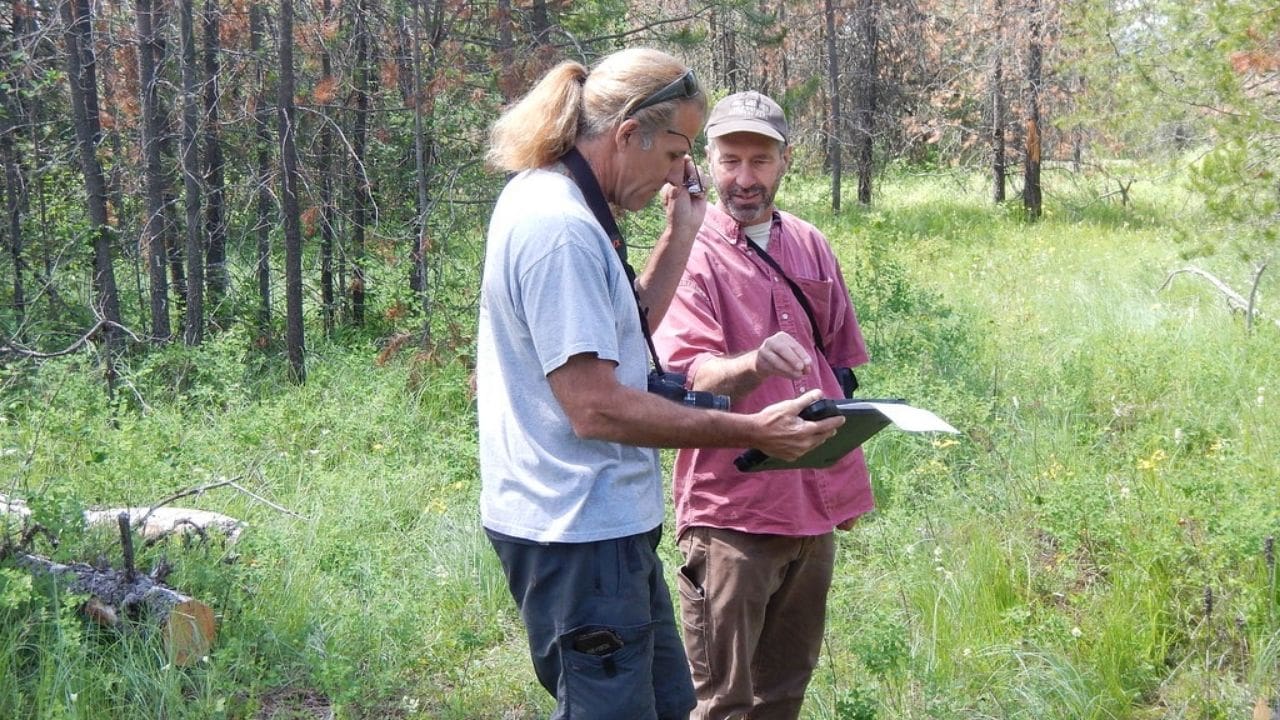

Water Conservation Strategies
Implementing water conservation strategies in your garden involves optimizing the use of water resources to support the health and vitality of your plants while minimizing waste and environmental impact.
To achieve this, you can employ the following holistic approach and sustainable practices:
- Rainwater Harvesting
- Install rain barrels or cisterns to capture and store rainwater for later use.
- Use this harvested rainwater for irrigation, reducing the demand on municipal water sources and lowering your water bill.
- Mulching
- Apply organic mulch around your plants to retain soil moisture, suppress weed growth, and prevent evaporation, thereby reducing the need for frequent watering.


Soil Regeneration
To promote healthy soil regeneration in your garden, focus on integrating diverse plant species and incorporating organic matter to support a thriving ecosystem.
By planting a variety of species, you can enhance soil health through natural processes such as nitrogen fixation, nutrient cycling, and pest control. This diversity also helps to prevent soil erosion and compaction, creating a stable foundation for your garden.
Additionally, incorporating organic matter such as compost, mulch, and cover crops can improve soil structure, water retention, and nutrient availability. These sustainable practices not only support the health of your garden but also contribute to the overall ecosystem by promoting biodiversity and beneficial microbial activity in the soil.
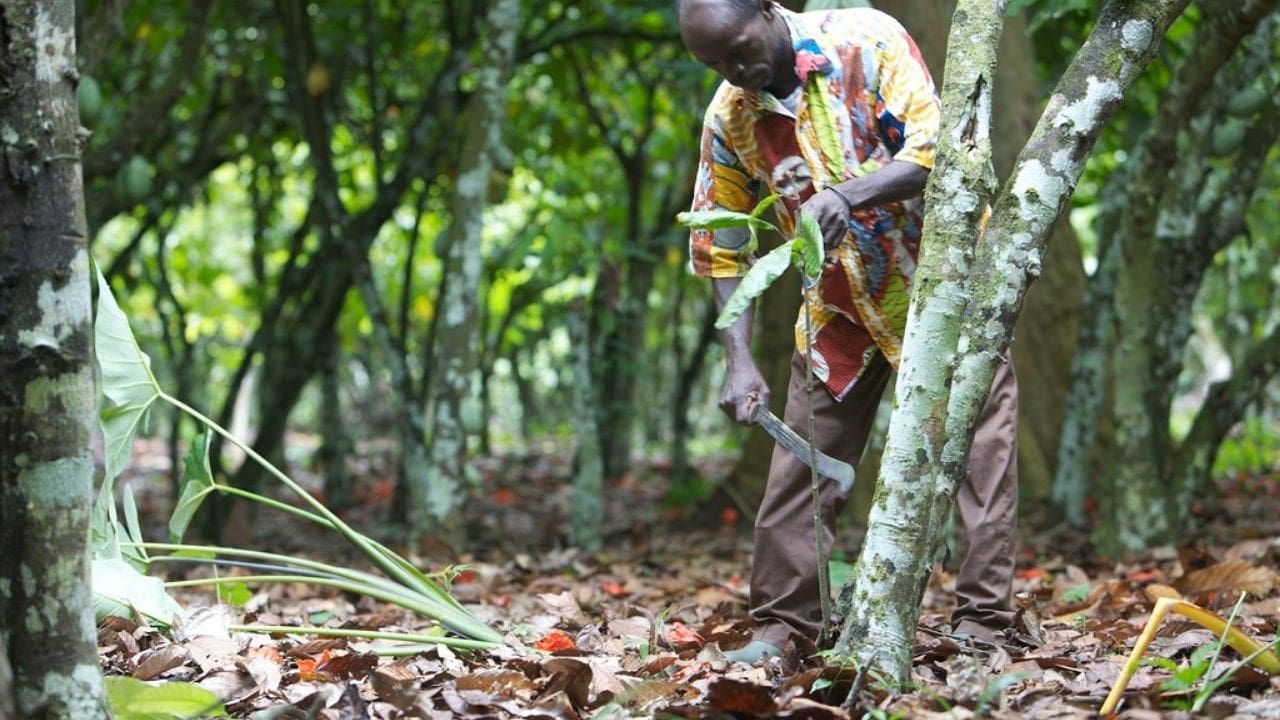

Natural Pest Control
To naturally control pests in your garden, consider attracting beneficial insects like ladybugs and lacewings, which feed on harmful pests such as aphids and caterpillars.
Additionally, practicing companion planting can help deter pests by strategically placing plants that repel them, like marigolds to ward off nematodes.
Beneficial Insects for Control
Encouraging beneficial insects in your garden is a key strategy for natural pest control and maintaining a balanced ecosystem. By attracting these helpful bugs, you can reduce the need for harmful chemical pesticides and create a safer environment for your plants, yourself, and beneficial insects.
Here’s how you can support beneficial insects in your garden:
- Plant Diversity: Cultivate a wide variety of native plants to provide food and shelter for different types of beneficial insects.
- Flower Power: Include flowering plants to attract pollinators and beneficial insects, such as ladybugs and lacewings.
- Avoid Chemicals: Minimize or eliminate the use of synthetic pesticides, which can harm beneficial insects and disrupt the natural balance of your garden.
Companion Planting for Pests
By fostering a diverse community of plants in your garden to support beneficial insects, you can also employ companion planting strategies for natural pest control, creating a harmonious and balanced ecosystem.
Some plants release natural substances that repel pests, protecting neighboring plants. For instance, planting marigolds alongside tomatoes can deter nematodes, and basil near tomatoes can repel tomato hornworms.
Additionally, interplanting aromatic herbs like lavender, mint, and rosemary can help to ward off pests such as aphids, ants, and beetles.
By incorporating these companion planting techniques, you can minimize the need for chemical pesticides, promoting a safer and healthier environment for you and your family.
This holistic approach not only safeguards your garden but also contributes to the overall sustainability and resilience of your ecosystem.


Perennial Crops
When incorporating perennial crops into your garden, carefully select varieties that are well-suited to your local climate and soil conditions for long-term sustainability and minimal maintenance. By choosing the right perennial crops, you can create a diverse and resilient ecosystem that supports the health of your garden while providing a consistent yield year after year.
Here are some key considerations to keep in mind:
- Diverse Plant Selection
- Integrate a variety of perennial crops such as fruit trees, berries, herbs, and edible flowers to encourage biodiversity and create a balanced ecosystem within your garden.
- Complementary Planting
- Pair perennial crops that have complementary growth habits and nutrient requirements to maximize space usage, minimize competition, and foster mutual support among plants.


Microclimate Utilization
To maximize the potential of your garden, consider the natural microclimates that exist within your space. Take note of areas with varying levels of sun and shade, and strategically place your plants to take advantage of these conditions.
Sun and Shade
Utilize the natural patterns of sun and shade within your garden to create diverse microclimates, fostering a sustainable and holistic approach to ecosystem design. By strategically placing plants based on their sun and shade requirements, you can optimize the use of available light and heat, creating an environment that promotes plant health and growth. This not only enhances the beauty of your garden but also supports a balanced and resilient ecosystem.
To achieve this, consider the following:
- Sun-Loving Plants: Select plant species that thrive in full sun, such as tomatoes, peppers, and squash, and plant them in areas that receive the most sunlight.
- Utilize reflective surfaces: Position light-colored surfaces or materials strategically to bounce sunlight onto shaded areas, maximizing light exposure for plants that need it.
Plant Placement
Consider the natural patterns of sun and shade within your garden when placing plants to create diverse microclimates, promoting a sustainable and holistic approach to ecosystem design.
By strategically situating your plants, you can optimize growing conditions and create a more resilient garden. Group sun-loving plants in areas with ample sunlight, while shade-tolerant species should be placed in cooler, shadier spots. This not only maximizes the use of available light but also helps maintain soil moisture and temperature balance.
Furthermore, planting taller vegetation to the north of shorter plants can provide shelter from prevailing winds, creating a more protected environment.
Careful placement of plants not only fosters healthier growth but also supports the overall stability and balance of your garden ecosystem, enhancing safety and sustainability for all its inhabitants.


Food Forest Succession Planning
When planning for the succession of your food forest, it’s essential to consider the natural life cycles of plants and trees in order to create a resilient and self-sustaining ecosystem. By understanding the process of plant succession, you can ensure the long-term productivity and health of your food forest.
Here’s how you can plan for food forest succession:
- Understand Plant Succession: Research and understand the natural progression of plant species in your region. This will help you select the right mix of trees, shrubs, and ground covers for each stage of the succession.
- Select Pioneer Species: Choose fast-growing, nitrogen-fixing plants to kickstart the succession process and improve soil fertility. Examples include leguminous trees like acacias and nitrogen-fixing shrubs like sea buckthorn.
- Establish Climax Species: Introduce slow-growing, long-lived trees and perennial plants that will dominate the food forest at its mature stage. These species provide stable food sources and habitat for wildlife.
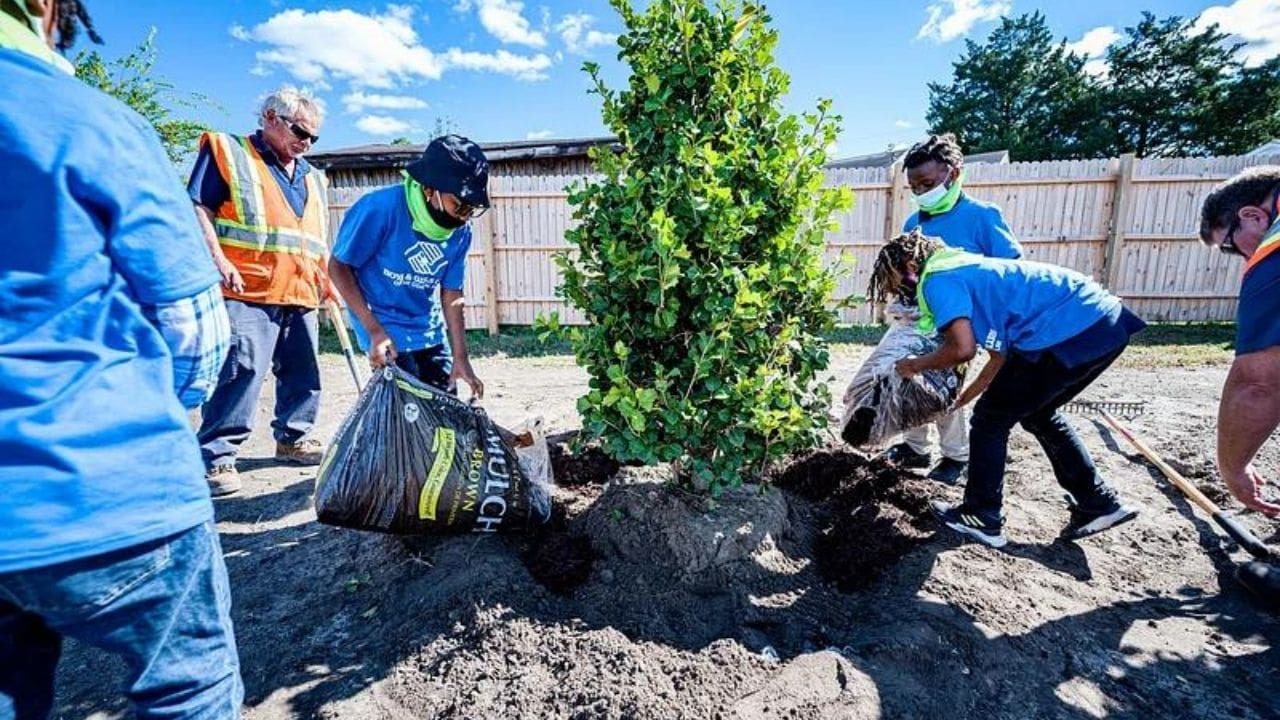

Sustainable Harvesting Methods
As you develop your food forest with a focus on plant succession, it’s important to integrate sustainable harvesting methods that support the long-term vitality of the ecosystem and ensure the ongoing abundance of your garden.
Implementing sustainable harvesting practices is crucial for maintaining the health and balance of your garden’s ecosystem. To achieve this, consider techniques such as selective harvesting, which involves gathering mature produce while leaving younger plants to continue growing. This approach promotes the natural regeneration of the plant population and maintains the overall resilience of the ecosystem.
Furthermore, practicing mindful harvesting involves being attentive to the needs of the plants and the surrounding environment. It’s essential to avoid overharvesting and to only gather what you need, allowing the garden to thrive and replenish itself.
Additionally, utilizing ethical harvesting methods, such as properly pruning fruit trees and perennial plants, not only ensures a sustainable yield but also promotes the overall health and longevity of the garden.
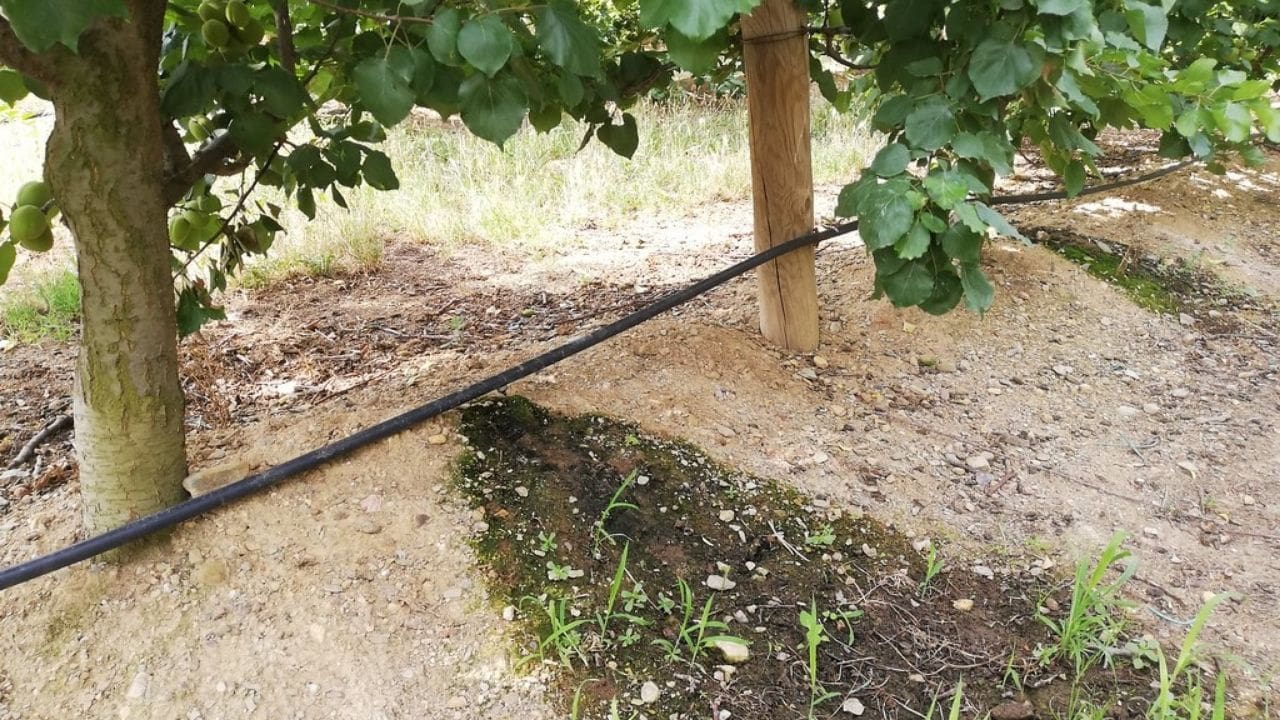

Frequently Asked Questions
How Can I Incorporate Permaculture Design Principles Into a Small Urban Garden?
You can incorporate permaculture design principles into a small urban garden by utilizing space efficiently, integrating diverse plantings, and implementing water conservation techniques. Emphasize sustainability, biodiversity, and ecosystem health for a thriving garden.
Are There Any Specific Permaculture Design Principles That Are Particularly Beneficial for Drought-Prone Regions?
Struggling with drought in your region? Incorporate permaculture principles like water harvesting, drought-resistant plants, and mulching to conserve water, build soil health, and create a resilient garden ecosystem that thrives despite water scarcity.
What Are Some Common Mistakes People Make When Trying to Implement Permaculture Design Principles in Their Gardens?
When implementing permaculture design principles in your garden, common mistakes include over-reliance on chemicals, ignoring natural patterns, and neglecting diversity. Remember to observe, adapt, and work with nature for sustainable, thriving ecosystems.
How Can I Design My Garden to Attract and Support a Diverse Range of Pollinators and Beneficial Insects?
You can design your garden to attract and support a diverse range of pollinators and beneficial insects by creating a holistic ecosystem, using native plants, and avoiding chemical pesticides. Irony aside, it’s about nurturing nature.
Are There Any Permaculture Design Principles That Can Help Prevent Soil Erosion and Improve Soil Quality in My Garden?
To prevent soil erosion and improve soil quality in your garden, consider permaculture principles like contour planting, mulching, and cover cropping. These methods help retain soil, reduce runoff, and enhance soil fertility naturally.


Hello there! I’m Logan Foster, the green-thumbed social media marketer behind the vibrant world of 1800TreeGuy.com. With roots firmly planted in arboriculture, I’ve branched out to help clients cultivate their dream outdoor spaces, one leafy canopy at a time. My knack for nurturing nature is more than a profession—it’s a way of life.
When I’m not talking trees and teaching the art of arboreal care, you can find me cheering on the Bulldogs—my alma mater’s pride and my forever team. My environmental studies there didn’t just teach me about ecosystems; they instilled a lifelong passion for protecting our planet.
Off the clock, I’m an adventurer at heart. Whether it’s trekking the Appalachian trails, pedaling down a mountain path, or crafting guides to share the wonders of the wild, I’m happiest with soil under my nails and the sun on my face. And let’s not forget Yoda, my pug sidekick. He may not have mastered the art of stillness, but his joyful grins are my daily dose of happiness.
I’m all about making connections—between people and the great outdoors and between my clients and their ideal landscape visions. My approach is personal; every tree has a story, and every garden reflects its caretaker.
If you want to green your scene or share in my outdoor escapades, give me a shout on Instagram or Facebook. Let’s cultivate a conversation and grow a community rooted in a love for the lush life.















